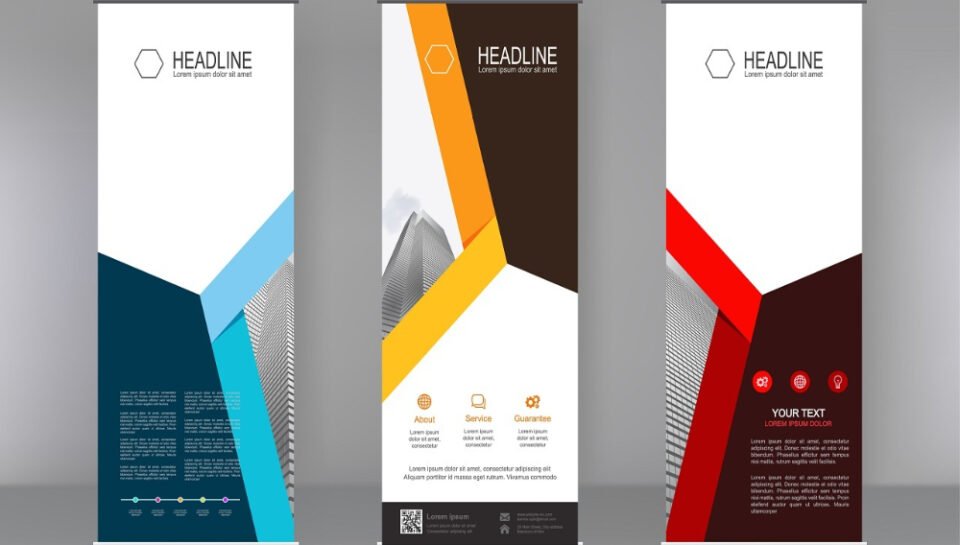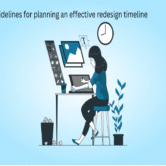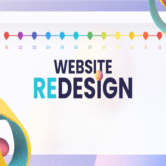
Detail the process of designing a banner for an event.
INTRODUCTION
An event banner serves as a visual anchor, instantly communicating key information and setting the tone for an event. Whether it’s for a corporate conference, music festival, product launch, or community gathering, the banner must be impactful, informative, and on-brand. Designing a successful event banner involves more than just putting text on a background—it requires a strategic approach that combines message clarity, visual appeal, and functional considerations. This article outlines the step-by-step process of designing an effective banner for an event.
1. DEFINE THE OBJECTIVE AND PURPOSE
Start by identifying the primary goal of the banner. Is it for promotion, branding, navigation, or decoration? Understanding the purpose will guide design decisions, from layout and messaging to size and placement. Determine whether it’s for indoor or outdoor use, a stage backdrop, entryway banner, or roadside signage.
2. UNDERSTAND THE TARGET AUDIENCE
Consider who will see the banner—attendees, passersby, sponsors, or media? Knowing the audience helps shape the tone, design style, and content. For example, a formal corporate audience may require a professional aesthetic, while a youth music event might lean toward bold, vibrant visuals.
3. GATHER EVENT DETAILS AND BRAND GUIDELINES
Collect all necessary content: event name, date, time, venue, tagline, logos, website, social media handles, or QR codes. If the event has sponsors, their logos and placement requirements must also be included. Follow any brand guidelines regarding colors, fonts, and imagery to ensure consistency.
4. CHOOSE THE RIGHT SIZE AND FORMAT
Select dimensions based on the banner’s location and visibility requirements. Common banner types include horizontal banners for stages, vertical pull-up banners for entrances, and large outdoor vinyl banners. The format will influence the layout and resolution needed for print.
5. DESIGN A CLEAR LAYOUT WITH VISUAL HIERARCHY
Organize information so the most important elements are noticed first—typically the event name and date. Use large, legible fonts, clear spacing, and alignment to guide the viewer’s eye. Supporting details like venue and website should be smaller but still easy to read.
6. SELECT COLORS AND FONTS WISELY
Use high-contrast colors for readability, especially from a distance. Stick to 2–3 font styles and sizes to maintain visual harmony. Fonts should be bold and easy to read in varying lighting conditions. Color schemes should align with the event’s branding and mood.
7. INCORPORATE IMAGERY AND GRAPHICS
Add relevant graphics, patterns, or images to enhance the visual appeal. Ensure all images are high resolution (at least 150–300 DPI for print) to avoid pixelation. Be cautious not to clutter the banner—visuals should support, not overpower, the main message.
8. POSITION LOGOS AND SPONSOR CREDITS THOUGHTFULLY
Place the event’s logo in a prominent but balanced position. Sponsor logos should be visible, sized appropriately, and arranged according to partnership levels (e.g., title sponsors at the top, others at the bottom). Avoid cramming logos into tight spaces.
9. PROOFREAD AND FINALIZE CONTENT
Check spelling, grammar, contact details, and date accuracy. Verify that all elements meet brand standards and that design files are set up with correct bleeds, margins, and color modes (CMYK for print). Prepare scalable formats like PDF, AI, or EPS for professional output.
10. TEST VISIBILITY AND READABILITY
Preview the design at actual size or print a scaled version to test how it looks from a distance. Make sure the key message is legible, and the layout remains visually balanced. Adjust as needed before sending the file to print or digital production.
CONCLUSION
Designing an event banner is a blend of creativity, clarity, and purpose-driven strategy. When done well, a banner not only grabs attention but also communicates essential information and reinforces the event’s identity. By following a thoughtful design process, you can ensure your event banner makes a lasting impression on attendees and passersby alike.
HASHTAGS
#EventBannerDesign #VisualCommunication #BannerDesignProcess #EventMarketing #EffectiveSignage #EventBranding #GraphicDesign #PrintDesign #BannerTips #EventPromotion #EventPlanning #DesignWorkflow #BannerLayout #SignageDesign #CreativeBanner #CustomBanners #BoldDesign #ReadableBanners #OutdoorSignage #IndoorSignage #BrandVisibility #EventGraphics #TypographyMatters #DesignForEvents #MarketingDesign





